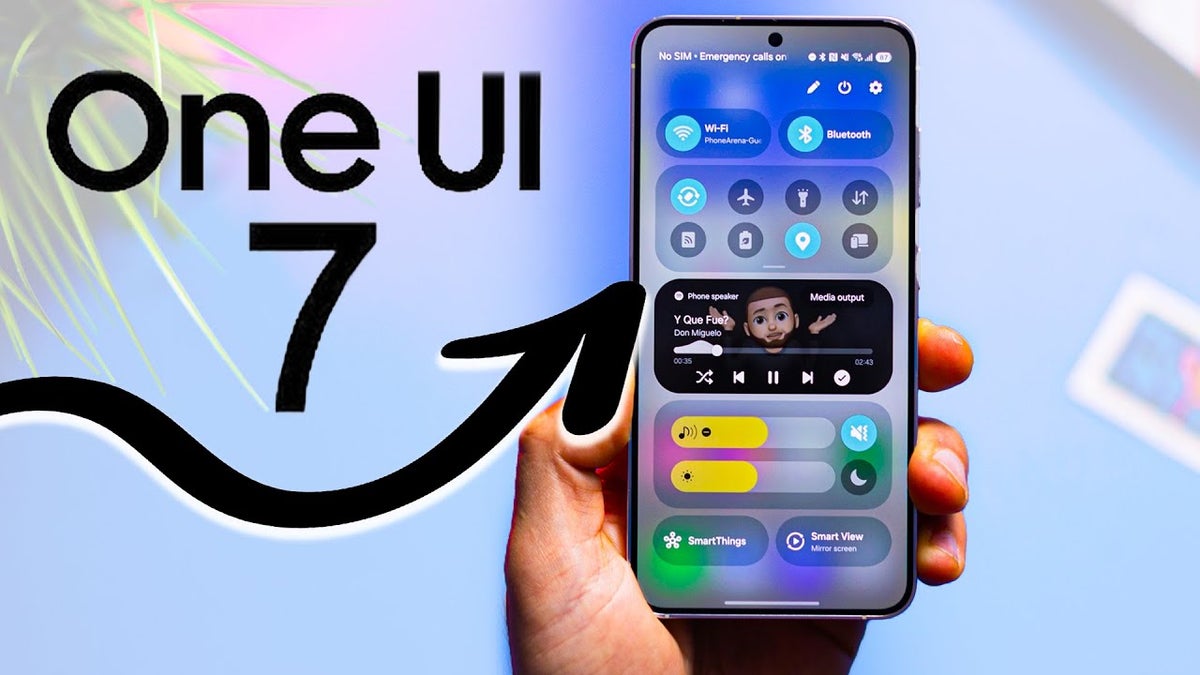A critical factor is the sheer diversity of Samsung’s device portfolio. Each model, especially the flagships, comes with unique hardware specifications. This necessitates that every software update be meticulously tailored and tested for each specific device to ensure optimal performance and stability. Flagship phones, with their intricate systems and advanced features, demand a more extensive and rigorous testing process compared to their mid-range counterparts.
The development timeline for software updates is another significant piece of the puzzle. When a new Android version is released, manufacturers embark on the complex task of adapting their custom interfaces, like One UI, to the new operating system. This involves integrating new features, ensuring compatibility with existing applications, and addressing any potential bugs. The complexity of this process grows exponentially with the number of features and the sophistication of the device’s hardware.
Interestingly, some mid-range devices might be launched with newer software versions already integrated into their development cycle. This can streamline the process, as the software is optimized for the specific hardware from the very beginning. Conversely, older flagships require the new software to be adapted to their existing systems, a process that inevitably consumes more time and resources.
Beyond new features, software updates also encompass crucial security patches and performance enhancements. These updates are essential for maintaining the security and functionality of devices. Manufacturers may prioritize security updates for newer devices to ensure they are shielded from the latest threats.
Show me the money!
But with all the aforementioned considerations aside, the elephant in the room seems to be this: Samsung may have chosen to launch new devices with the latest software to generate excitement towards them and drive sales in a competitive market. By highlighting the latest features on mid-range models, they can attract a wider audience and showcase the brand’s commitment to innovation at various price points. The wait for the final version of Android 15 on Samsung’s older flagships has definitely been frustrating. It’s understandable to feel a sense of disappointment when newer, less expensive devices receive the latest software before your premium model. That said, One UI 8 is expected to launch earlier than usual and have a more accelerated rollout, so hopefully we won’t have to worry about these issues next year.
Still, for those that spent a pretty penny for their flagship devices last year, and were promised timely updates, what has transpired this year with One UI 7 has been felt by many as a “slap in the face.” It has been seen as Samsung holding back updates in order to prioritize sales of newer devices, in light of them lacking any really exciting new features — other than AI. It’s a difficult situation for sure, and I can only hope Samsung comes through next year in order to re-establish consumer trust.










